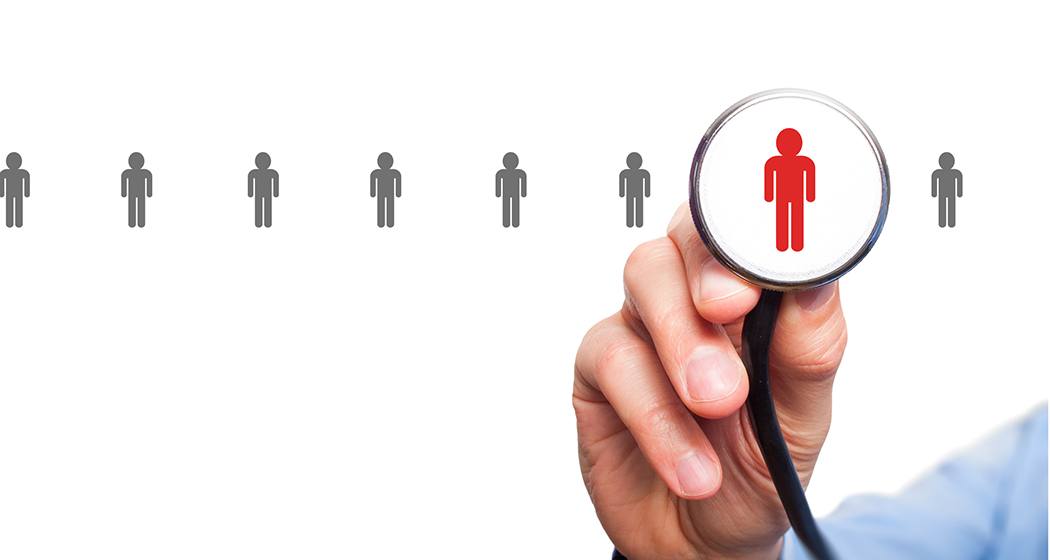
IESE Insight
Rethinking choice overload: when the world needs more options
Despite recent alarm about choice overload, a new global study finds it’s usually better to have too much choice than not enough.
- A study in Brazil, China, India, Japan, Russia and the United States — six countries representing half the world’s population — shows that choice deprivation is both more common and more consequential than choice overload, despite much worry about the latter in the last 20 years.
- Choice overload is primarily a problem in developed countries and in relation to consumer products.
- Choice deprivation is the norm and is particularly serious with regard to important services like education and jobs.
Chicken or beef? If you’re trying to eat less meat, such a limited selection leaves you with what’s known as choice deprivation; you’d likely be left dissatisfied.
But studies have told us you might also be dissatisfied to find 40 options on the menu. This is known as choice overload, and it might cause you to freeze up, unable to choose anything.
Choice overload has received a lot of attention in marketing circles in recent years, and many practitioners are devoted to reducing — or at least controlling the perception of — choice. Consider Procter & Gamble’s move to take some shampoos off the market to boost sales of those that remain.
However, a new study by IESE’s Elena Reutskaja, with co-authors Nathan N. Cheek, Sheena Iyengar and Barry Schwartz, suggests that, globally, the case against choice overload has been overstated. In fact, choice deprivation is much more common and more consequential.
Decisions, decisions?
Reutskaja and co-authors studied a large number of people living around the world. This global approach is an important distinction, as many experiments on choice have never gotten out of the lab and a majority targeted the United States.
Here, 7,400 participants were included from six countries that collectively represent nearly half the world’s population: Brazil, China, India, Japan, Russia and the United States.
The study aimed not only to establish if choice deprivation and overload cause dissatisfaction, but to quantify the relative dissatisfaction of each. They also studied different domains of choice dissatisfaction. Being paralyzed in the shampoo aisle is one thing; having only one family doctor in your area is quite another. The domains studied here were:
- commercial, which included soft drinks, automobiles and homes
- consequential, which included education, jobs and physicians
Overall, both too much and too little choice resulted in consumer dissatisfaction. But that wasn’t the whole story. Too little choice resulted in higher levels of dissatisfaction than too much — in fact, too much choice was primarily a U.S. problem and mainly in commercial domains, such as soft drinks or homes.
The choice breakdown
Too little choice had serious effects on participants’ well-being, particularly when it came to the consequential things in life — access to physicians, schools and especially jobs. These were also the areas in which choice deprivation was more common in the countries studied.
When it came to commercial goods, choice deprivation was not as common, and the effects of dissatisfaction were not as pronounced when there was.
Meanwhile, outside of the U.S., not everyone experienced overload as a bad thing. In Japan, for example, a huge number of commercial offerings didn’t actually result in feeling overwhelmed. In other countries, consumers only felt burdened by excess commercial options, and even then, they were not as dissatisfied as when choice was in short supply.
So, what does it all mean for practitioners?
First, choice overload may not be such a problem outside of wealthy, industrial and individualistic nations. In both China and Japan, the link between the number of choices and subsequent dissatisfaction was not clear cut, suggesting a cultural dimension. Americans do get frustrated with choice overload, but mostly when it comes to products, not life-altering opportunities, like job openings and schools.
Second, around the world, most people still face a lack of choice, not choice overload, and their dissatisfaction with that is high.
For your company, consider that it’s likely best to err on the side of too much rather than too little choice.
About the study
Elena Reutskaja gratefully acknowledges funding from the Spanish Ministry of Science and Education grant no. ECO2011-29865.
